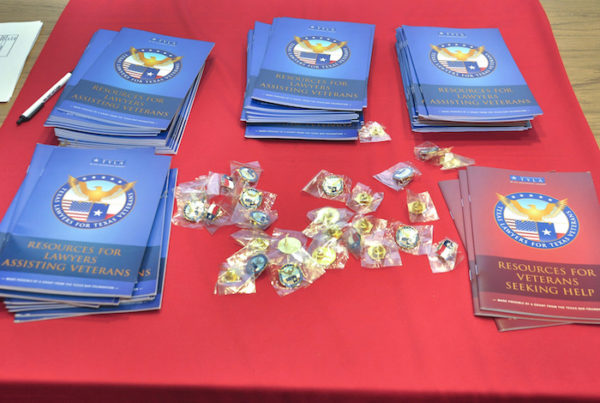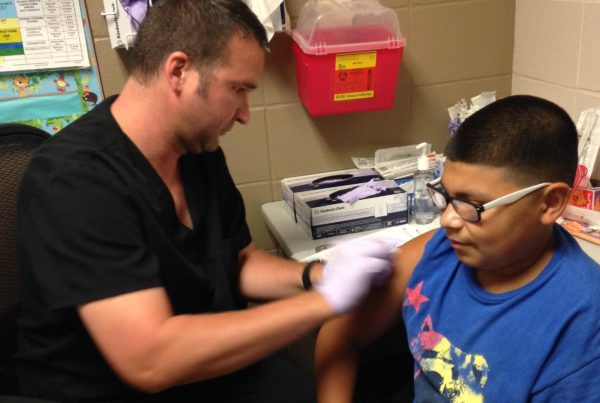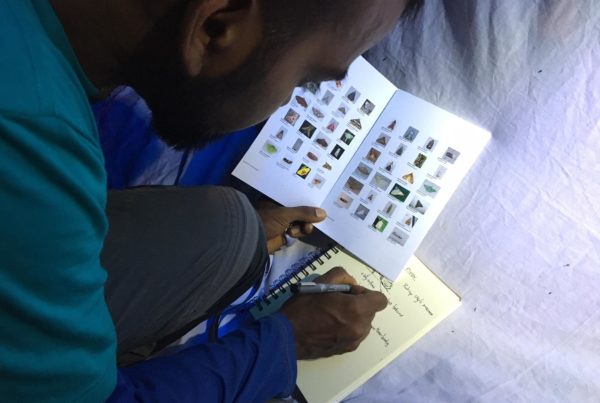Katie Meili, a 25-year-old from North Texas, took home the bronze medal this week in the 100-meter breaststroke at the Olympic Games in Rio de Janeiro.
But Meili might have placed even higher on the podium. Yulia Efimova of Russia won the silver medal. Efimova has failed multiple tests for performance-enhancing drugs. She was initially banned from the Olympics because of the failed tests, but the International Olympic Committee ultimately allowed her to compete.
Efimova’s participation in the games, as with many Russian athletes, was controversial. Doping isn’t new, It’s been around for decades, but advances in drug testing methods and technologies haven’t kept illicit drugs away from elite athletics.
John Hoberman, a professor at the University of Texas at Austin, studies Olympic drug testing. He says the practice has been around since the 1960s.
“We know anecdotally that there was lots of performance-enhancing drug use at the 1968 Olympic games in Mexico City,” Hoberman says. “That would’ve included amphetamines, stimulants, as well as anabolic steroids – which were well underway throughout the 1960s.”
The basic technology of drug testing has changed since then. Hoberman says the different tools – like gas chromatography and mass spectrometry testing – have stayed the same, but the tests are getting better. Drug testing usually includes dividing the urine sample into two different containers. First, one container is tested. If the first divided sample contains a prohibited substance, the second container is tested.
“What is frequently overlooked is that if the network of human beings who is running the system are not reliable then it doesn’t matter how good the lab equipment is,” he says. “It doesn’t matter how many drugs you can detect because the results are going to be fudged in one way or another. Obviously, that doesn’t happen all the time … so it’s a very tangled and difficult situation – which in the year 2016 has reached a state of unprecedented crisis.”
Hoberman says when testing is done properly it’s a very invasive procedure. Athletes go online and tell in advance where they will be for the next year. Officials will surprise visit athletes at odd hours, to keep track of them. And when an athlete delivers a urine sample, the doping control officer is supposed to have the athlete’s genitalia in sight at all times.
“This is a really extreme procedure, which is a symptom of this crisis of integrity,” he says.
Listen to the full interview in the audio player above.
Post by Beth Cortez-Neavel.

















